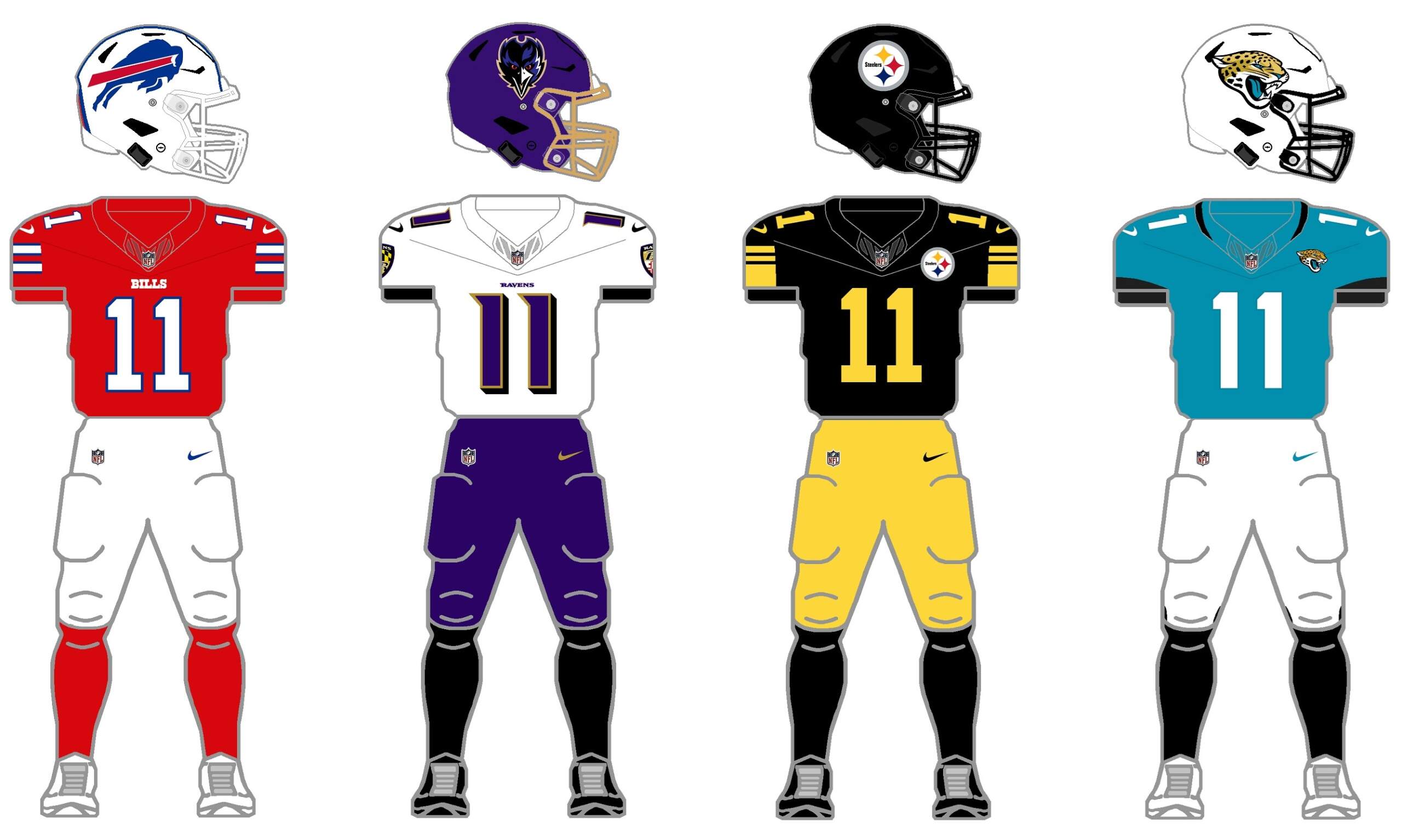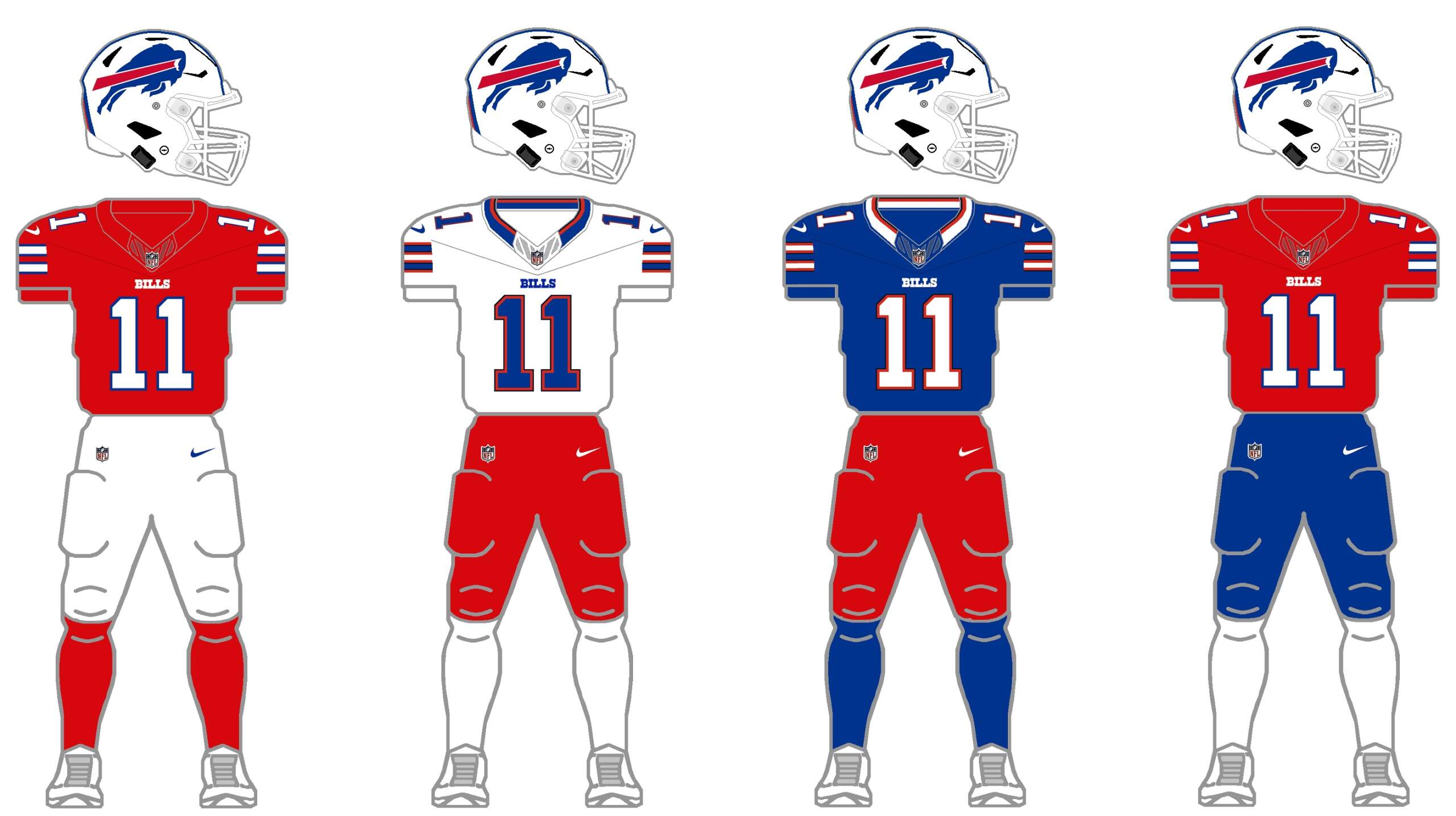Fair. But the mechanics of what the Bills are doing isn’t that hard to work against.
You add a 6th OL which creates a disadvantage. It’s not just the size, but the gap creation. Defenses treat A and B gaps differently than C gaps and outside / D gaps. The additional OL adds a 5th “big” gap that occurs at the C gap between the OT and the 6th OL.
It won’t be long before defenses counter that. If you’re in a 4-3, you add a LB, drop your strong side DE into the C gap, and play a 4-4 or hybrid 5-3. If you’re in a 3-4, you add another DT and have the same effect.
What defenses likely won’t do is throw a 300 pound lineman into the “big” C gap. Most teams don’t have that type of player regardless. So you’re dropping an end into a 5 technique to counter that, and having another edge player on his outside to account for the D gap.
Which means that the 6th OL is likely working against a DE or OLB. That’s the same players you’d want a big TE to work against.
Where defensive coordinators will have an advantage is when they do figure out how to counter Buffalo’s 6th OL. There’s no counter for Buffalo. The 6th OL is not a pass catching threat. So the solution for the defensive can stack the LOS.
My whole point is give me the 280 pound TE instead of the 6th OL. That TE would be asked to block DEs and OLBs, and would be capable of it despite being 20-30 pounds lighter. The advantage comes when some defense figures out how to stop Buffalo. The Bills have a counter move.
This is exactly why the Ravens have a personnel advantage. Their TEs and FB have near lineman size and can catch/run. There’s a dilemma there and a counter for the Ravens.


